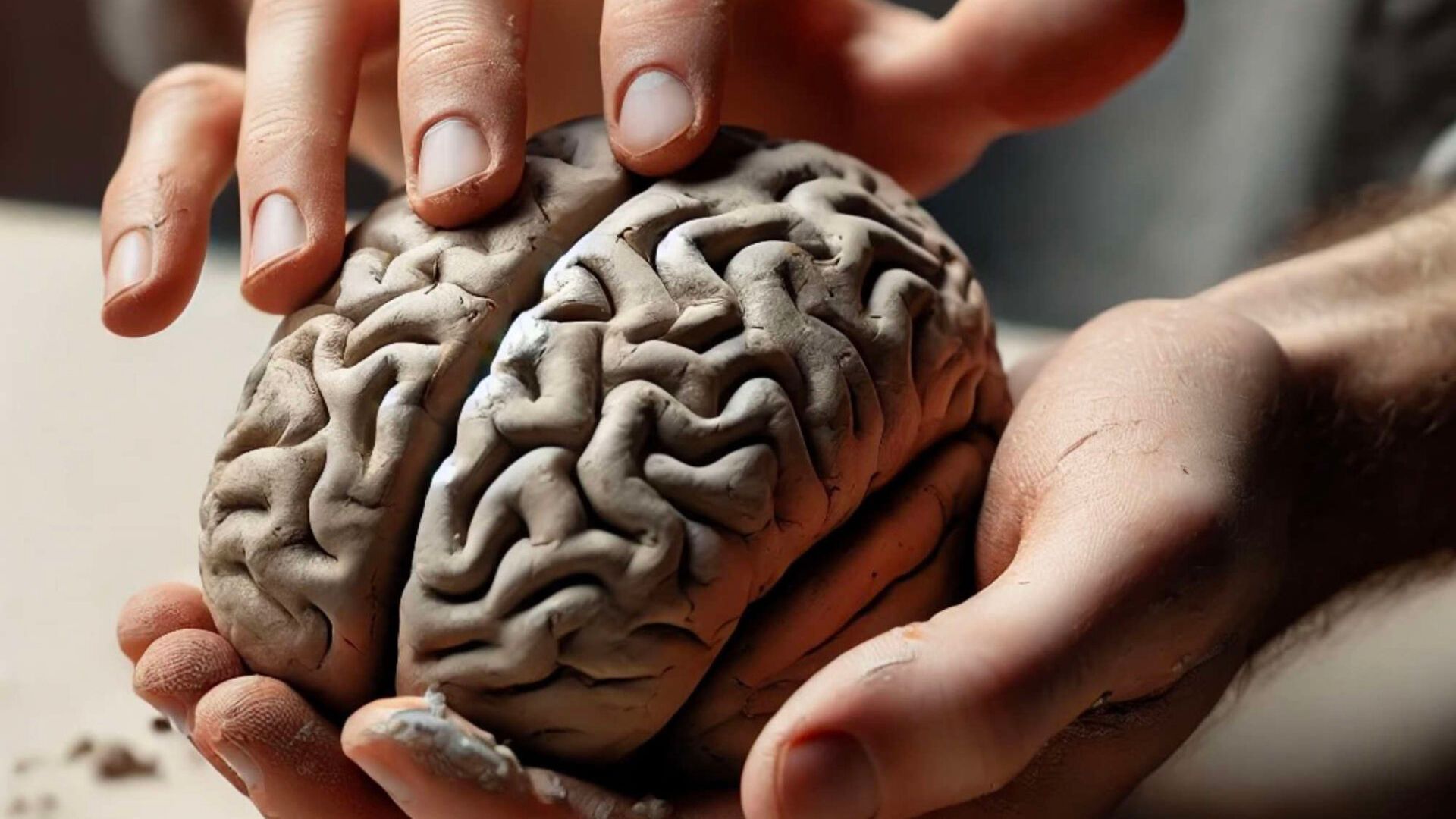Get the latest tech news
Formation of organic glass from a human brain
Glass forms when a liquid is fast cooled preventing crystallization, across a reversible process known as the glass transition. Organic tissues are commonly preserved as glass by processes of vitrification at very low temperatures, known as cryopreservation, and can return to their original soft state when heated back to ambient temperature. It would therefore be impossible to find organic glass embedded in volcanic deposits that have reached several hundred of Celsius degrees. Here we demonstrate that material with glassy appearance found within the skull of a seemingly male human body entombed within the hot pyroclastic flow deposits of the 79 CE Vesuvius eruption formed by a unique process of vitrification of his brain at very high temperature, and is the only such occurrence on Earth. Calorimetric analyses show that the temperature at which the brain transformed into glass was well above 510 °C, implying that the body was exposed to the passage and vanishing of a short-lived, dilute and much hotter pyroclastic flow, explaining its early fast heating and the following very fast cooling. The glass that formed as a result of such a unique process attained a perfect state of preservation of the brain and its microstructures.
Here we demonstrate that material with glassy appearance found within the skull of a seemingly male human body entombed within the hot pyroclastic flow deposits of the 79 CE Vesuvius eruption formed by a unique process of vitrification of his brain at very high temperature, and is the only such occurrence on Earth. Unique apparently vitrified remnants of organic material, recognized as a human brain in origin, have been recently identified in the skull of a victim from the ancient Roman city of Herculaneum 7, buried by the pyroclastic flow deposits that also destroyed Pompeii in 79 CE, during the most famous Plinian eruption of Vesuvius 22, 23, 24, 25, 26. The 79 CE Vesuvius eruption killed instantly several thousands of people 24, 27, but of the approximately 2,000 bodies unearthed throughout the archaeological sites of the Vesuvian area 30 the apparently vitrified remains of brain and spinal cord found in the Collegium Augustalium, is the only occurrence of this type 8.
Or read this on Hacker News